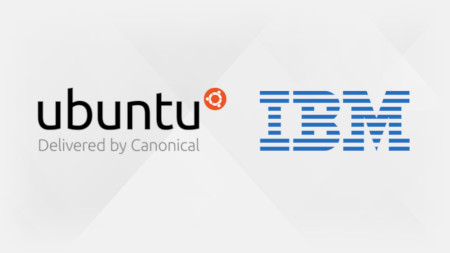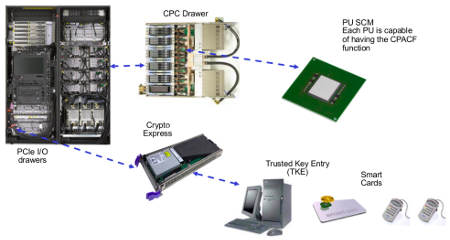My first interaction with the Ubuntu community was in March of 2005 when I put Ubuntu on an old Dell laptop and signed up for the Ubuntu Forums. This was just a few years into my tech career and I was mostly a Linux hobbyist, with a handful of junior systems administrator jobs on the side to do things like racking servers and installing Debian (with CDs!). Many of you with me on this journey have seen my role grow in the Ubuntu community with Debian packaging, local involvement with events and non-profits, participation in the Ubuntu Developer Summits, membership in the Ubuntu Community Council, and work on several Ubuntu books, from technical consultation to becoming an author on The Official Ubuntu Book.
These days I’ve taken my 15+ years of Linux Systems Administration and open source experience down a slightly different path: Working on Linux on the mainframe (IBM Z). The mainframe wasn’t on my radar a year ago, but as I got familiar with the technical aspects, the modernization efforts to incorporate DevOps principles, and the burgeoning open source efforts, I became fascinated with the platform.
As a result, I joined IBM last year to share my discoveries with the broader systems administration and developer communities. Ubuntu itself got on board with this mainframe journey with official support for the architecture (s390x) in Ubuntu 16.04, and today there’s a whole blog that gets into the technical details of features specific to Ubuntu on the mainframe: Ubuntu on Big Iron
I’m excited to share that I’ll be joining the author of the Ubuntu on Big Iron blog, Frank Heimes, live on February 6th for a webinar titled How to protect your data, applications, cryptography and OS – 100% of the time. I’ll be doing an introduction to the IBM Z architecture (including cool hardware pictures!) and general security topics around Linux on Z and LinuxONE.
I’ll then hand the reins over to Frank to get into the details of the work Canonical has done to take advantage of hardware cryptography functions and secure everything from network ports to the software itself with automatic security updates.
What I find most interesting about all of this work is how much open source is woven in. You’re not using proprietary tooling on the Linux level for things like encryption. As you’ll see from the webinar, on a low level Linux on Z uses dm-crypt and in-kernel crypto algorithms. At the user level, TLS/SSL is all implemented with OpenSSL and libcrypto. Even the libica crypto library is open source.


You can sign up for the webinar here, and you’ll have the option to watch it live or on-demand replays: How to protect your data, applications, cryptography and OS – 100% of the time and read the blog post from the Ubuntu blog here. We’re aiming to make this technical and fun, so I hope you’ll join us!


